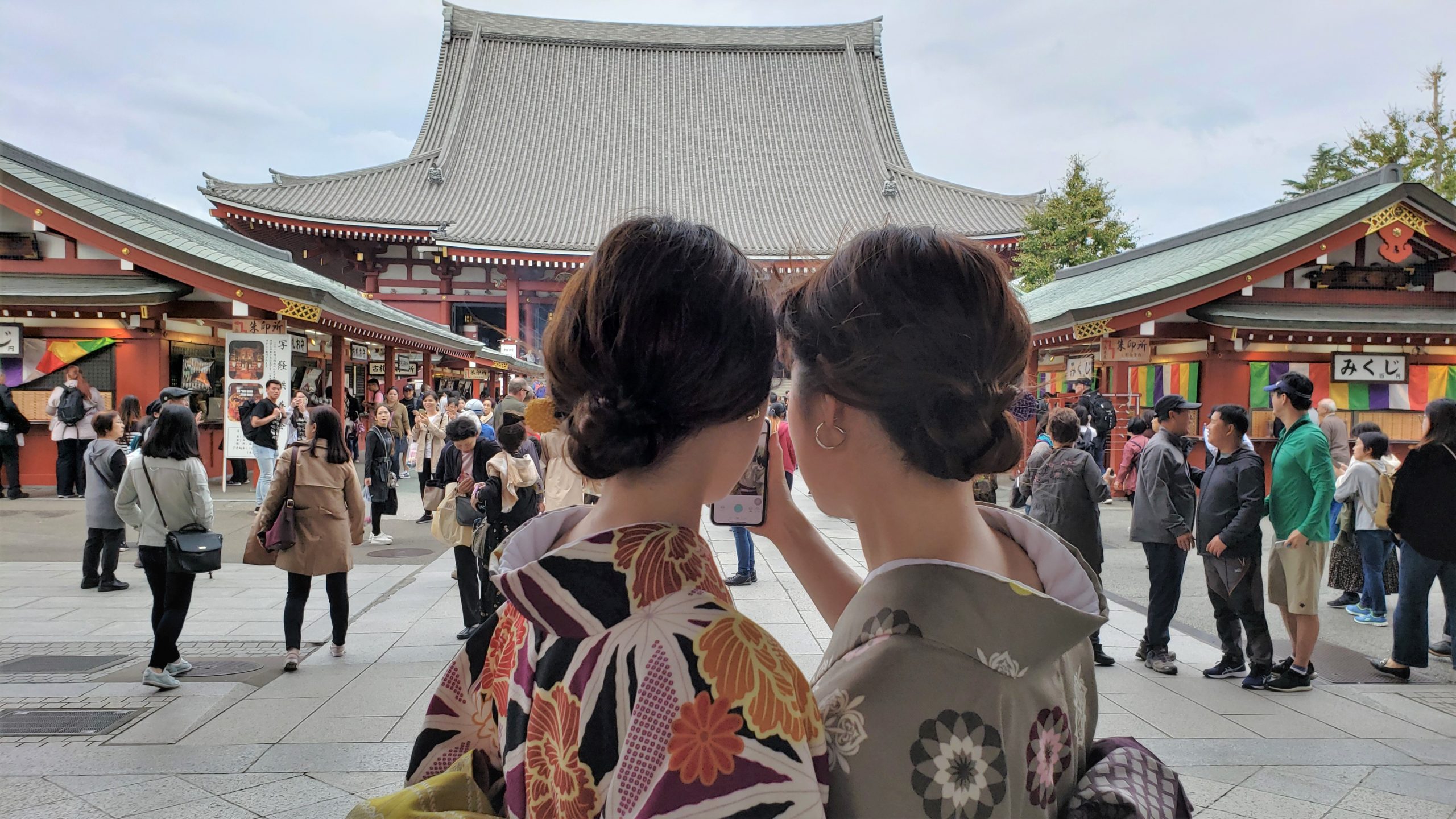
20 Dec Dreaming of travel to Japan
During the last week of October, there was a lot on my mind, including Covid-19 and the ongoing pandemic, and of course the November U.S. elections. But I also found myself at a moment in time, looking back one year that week to a 2019 family trip to Japan, and looking forward to next year with the hopes that we’ll be able to return.
Longtime readers know I was born in Japan and moved to the U.S. when I was a kid. You also know that I always advocate for Americans – and especially Japanese Americans – to travel to Japan. I’m pretty familiar with the country, and I’ve traveled to most of Japan from Hokkaido, the northernmost island, to Okinawa, at the southern end. And yet, whenever I go back to Japan, I find new parts of myself to connect with, and enrich my sense of identity.
I think back and marvel that my wife, her folks, her brother and his partner and I were in Japan probably while Covid was starting to begin its terrible, tragic trek around the globe. We’re grateful for the timing, that we returned to the US before the pandemic broke out. Given the grim reality of the virus and how it’s affected day to day life worldwide, it seems almost dreamlike now to think back on the trip.
We flew from Denver International Airport to Narita Airport outside Tokyo on the direct United flight, a Boeing 787 Dreamliner that flies high and fast. The direct flight makes it much easier to go between Colorado and Japan without bouncing around the west coast and waiting for a connecting flight.
It’s a wonderful way to go to Japan from Colorado, but sadly, the direct flight has been put on hold for now.
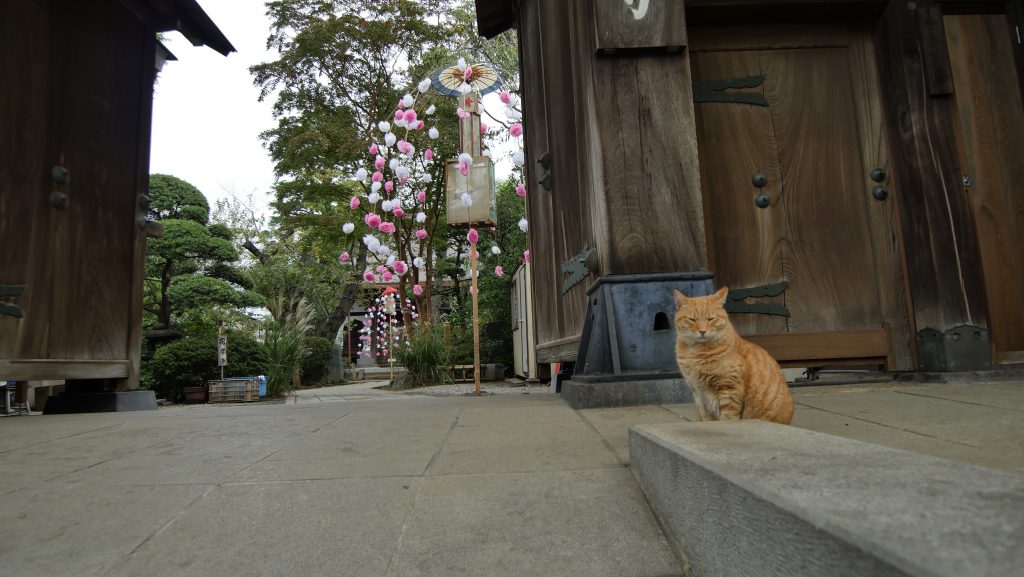
From Narita, we took an express train from the airport to Nippori Station, a smooth 45-minute ride, and checked into our hotel just a couple of blocks away from the train station. The station is on the Japan Rail (JR) Yamanote Line, a loop of stops that can take you to most of the places in Tokyo you might want to visit. And because it’s a loop, it’s okay if you miss a stop, because déjà vu — the train will eventually come back.
All of us paid for a seven-day Japan Rail Pass, which gave us full access to any JR trains, though not the subways and some other privately-owned train lines. You can purchase the JR Pass, which is only available to foreigners (not Japanese citizens), for either seven or 14 days. It’s a great deal, highly recommended for any traveler thinking about spending a week or two in Japan. The pass is also good for most of the famous Shinkansen, or Bullet Trains, with a wave of the pass (though getting the free tickets in advance is recommended to reserve a seat).
Nippori is at the northern part of the Yamanote loop, with the more famous Ueno and Tokyo Stations down to the east and Shibuya and Shinjuku down to the west on the loop.
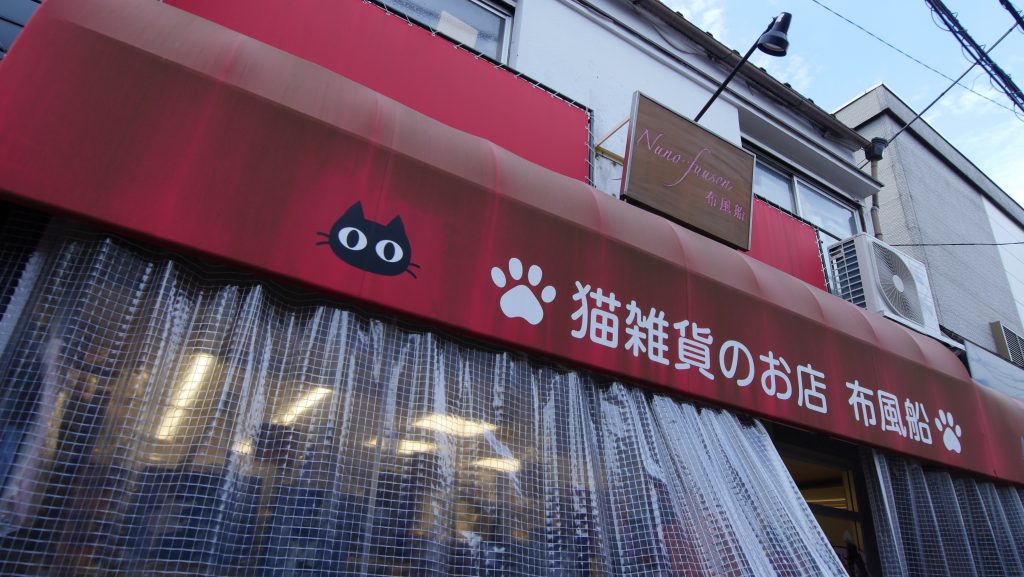
I’d never explored around Nippori before, but chose it because of the easy access from Narita and a nearby neighborhood called Yanaka Ginza, which is nothing like Tokyo’s famous, high-class Ginza shopping district. Yanaka Ginza is a quiet narrow shopping street of a few blocks that feels like it hasn’t changed since the post-war 1950s, during the Showa Era under Emperor Hirohito. The shops and street food are plentiful and inexpensive, and there’s a distinct cat theme to the district. Cats adorn signs, cat statues look down on passersby from atop shop roofs, and cats (real ones) seemingly guard the Buddhist temple near one end of the street.
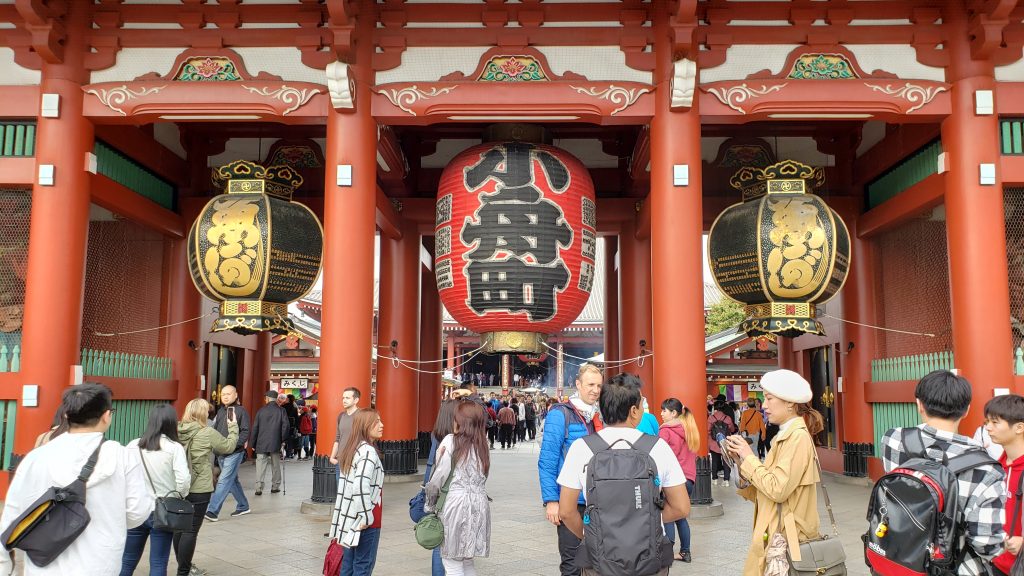
From our hotel it was an easy ride on the Yamanote train to get to our various destinations. Most notable was a walk through the Asakusa district, where a huge gate, the Kaminarimon, welcomes visitors with its enormous hanging lamp into a long shopping arcade, Nakamise Dori (“Inside Street of Stores”) that leads to Sensoji, the oldest Buddhist temple in Tokyo.
Asakusa and the surrounding neighborhoods are a heavenly trove of street food and shopping. I’ve stopped by one of the booths over the years to buy a berets on many of my trips. I also love to stop and buy some Dango, chewy mochi balls coated with Kinako soy bean powder. You buy the sticks of Dango and eat them next to the booth at a couple of small standing tables. (It’s not cool to eat food while you walk — one of many etiquette rules that are important to know if you’re going to Japan.)
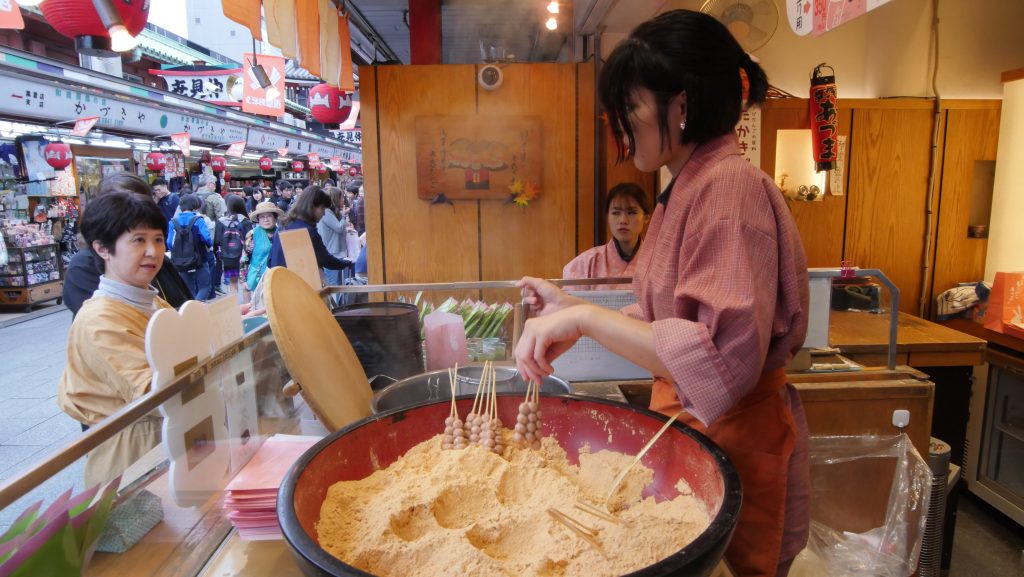
There’s so much to see and do in Japan that time flies by. I had planned out day-by-day itineraries but had to scuttle a lot of my plans because we were too busy, well, being too busy (or because of weather). We did manage to make time for a couple of must-do things: shopping for Japanese craft supplies at a shop called Sakura Horikiri in the Asakusabashi district, and dinner with Erin’s relatives.
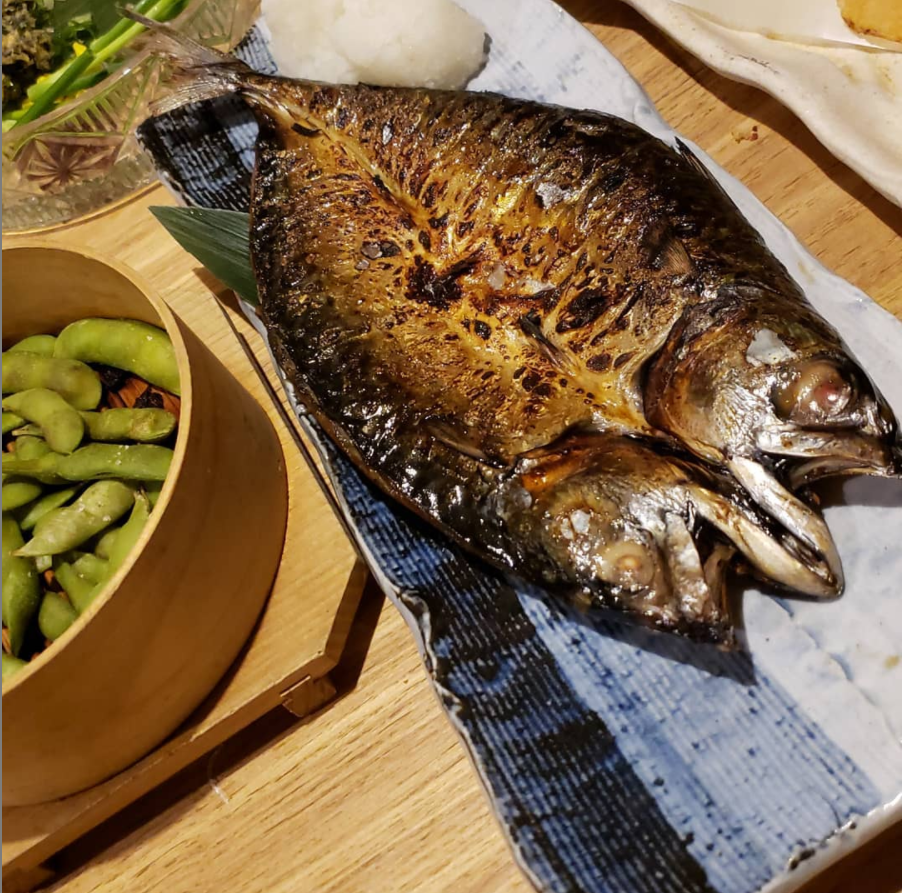
Some of the family members traveled from Kumamoto in southern Japan (a ciouple now live in Tokyo), and treated us to a fantastic traditional multi-course “Kaiseki” dinner, during which servers bring out what seems to be a never-ending stream of dishes while we had a great time catching up with everyone. The last time we had seen these family members was when we traveled to Kyushu in 2014.
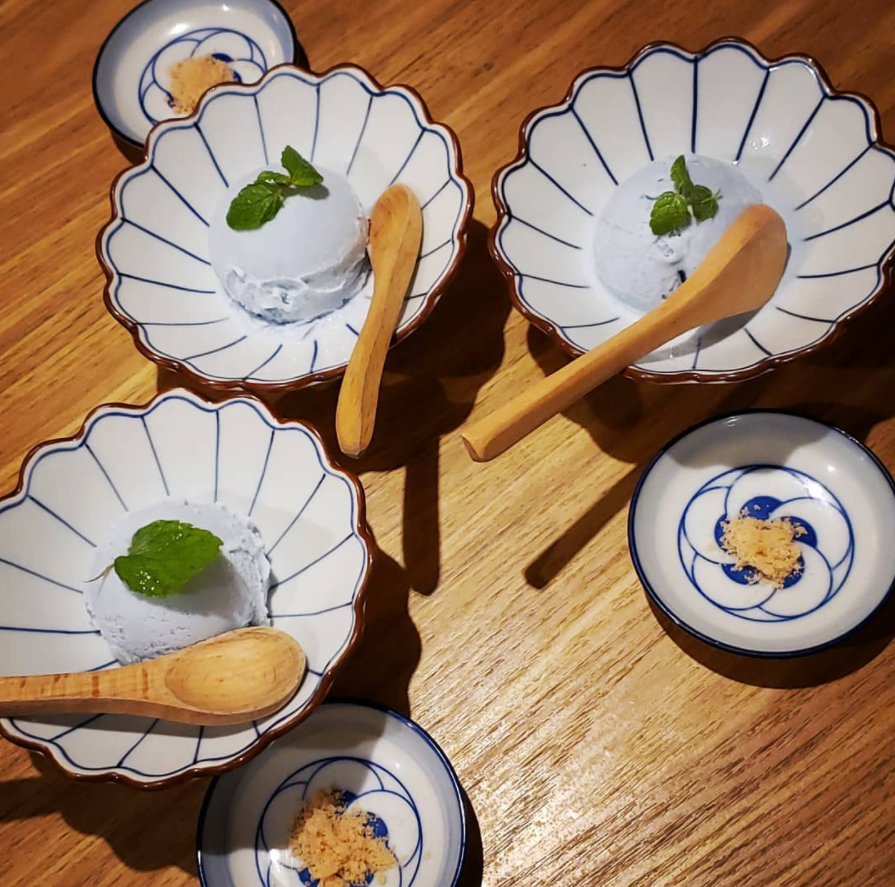
While in Tokyo, we made the must-see treks to spots like Harajuku, the youthful shopping street, and Shibuya, the busiest crosswalk in the world where the famous statue of Hachiko the dog awaits his owner, who died at work in pre-war Japan. The statue is now a popular selfie and meeting location. Rain impacted some of our itinerary (no bus trip to Mount Fuji, no boat ride to Toyosu, the new gigantic fish market that replaced Tsukiji).
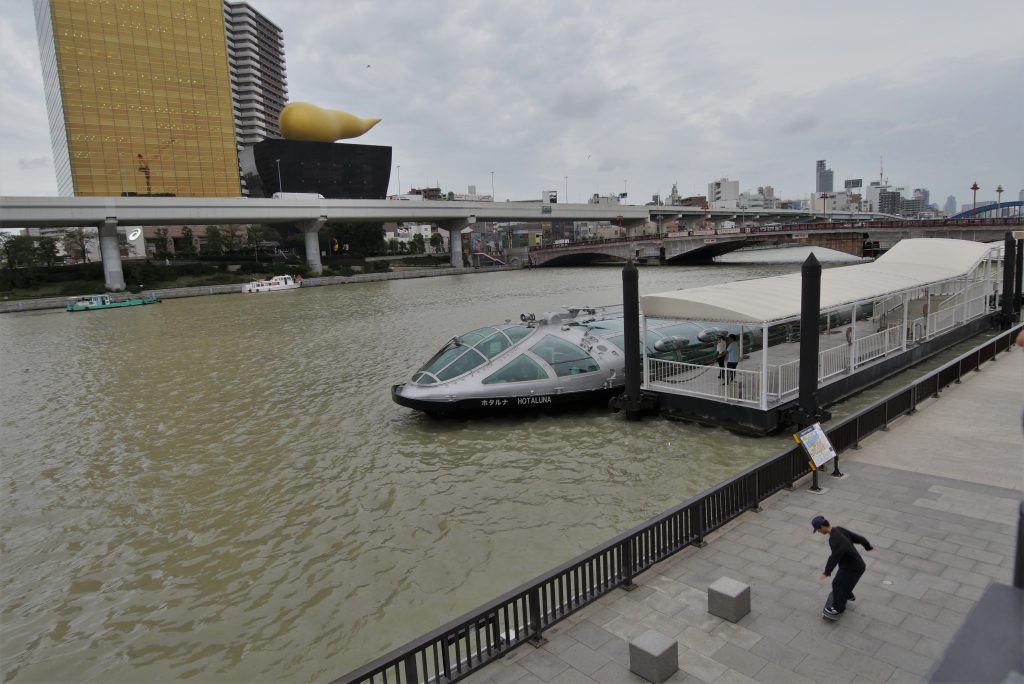
Before we knew it, it was time to leave Tokyo and take the Shinkansen to Kyoto.
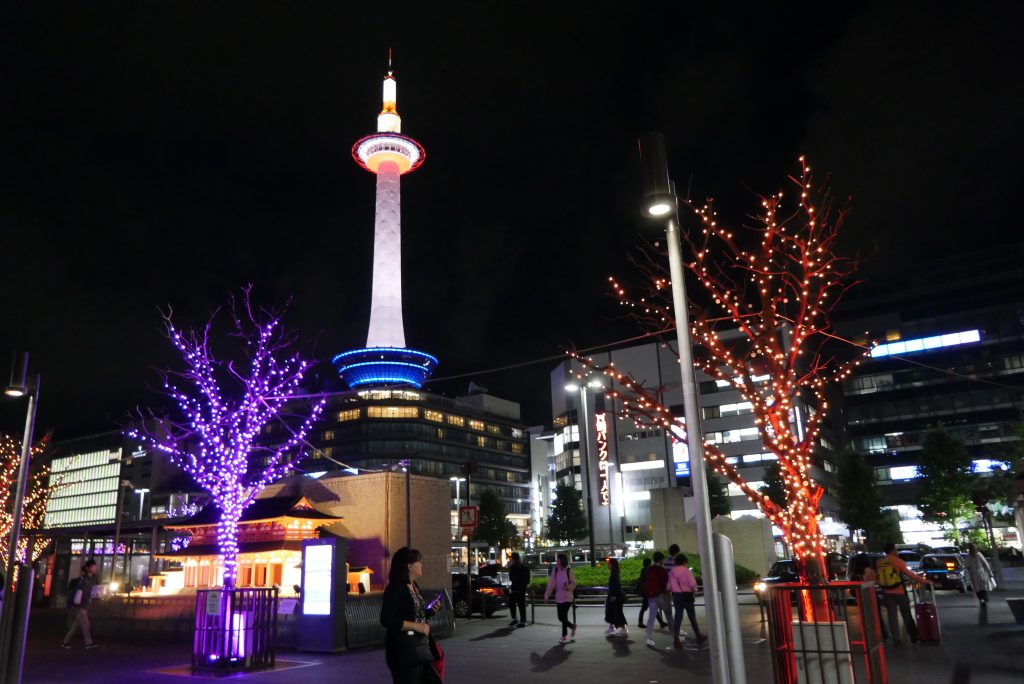
If Tokyo is the buzzing brain of Japan, Kyoto is the soulful heart of the country with its many ancient (and intact) temples and shrines. It’s gotten harder to feel spiritual with the crowds of tourists jammed into most of the famous spots, but you can still feel the pull of the city’s cultural anchor.
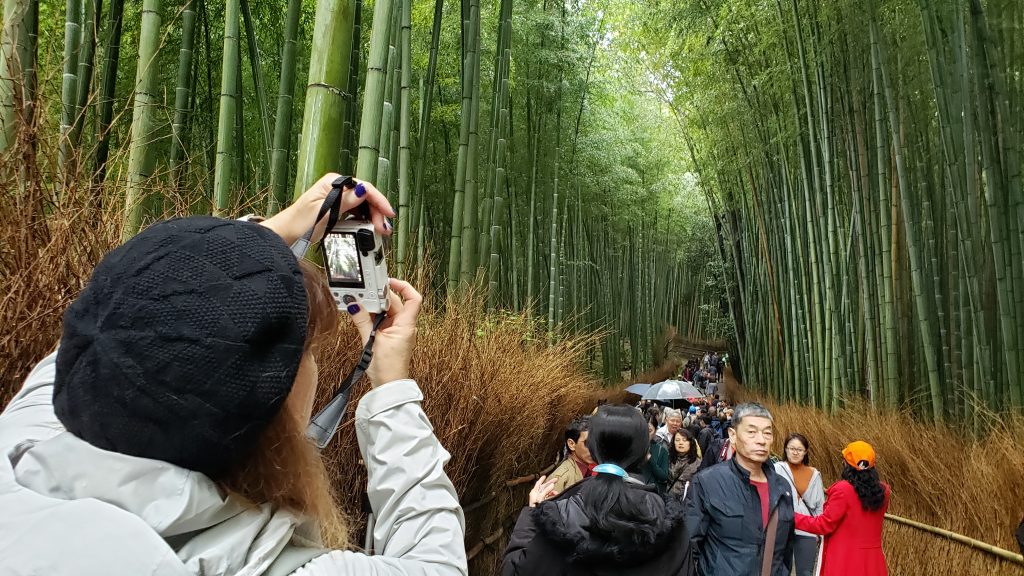
We stayed away from some of the most crowded tourist traps, but ran into plenty of people at the Arashiyama Bamboo Forest. An evening train ride to the Fushimi Inari Shrine with its 1,000 torii gates (no, we didn’t walk up the mountain side through all of them) was cool because with the nearby shops closing, the tourists melted away. The deserted torii gates and shrine buildings were lit and peaceful to walk amongst. We also squeezed in day trips to busy Osaka and spiritual Nara, a place where deer share space with tourists at the revered shrines and temples. We had great food everywhere, of course.
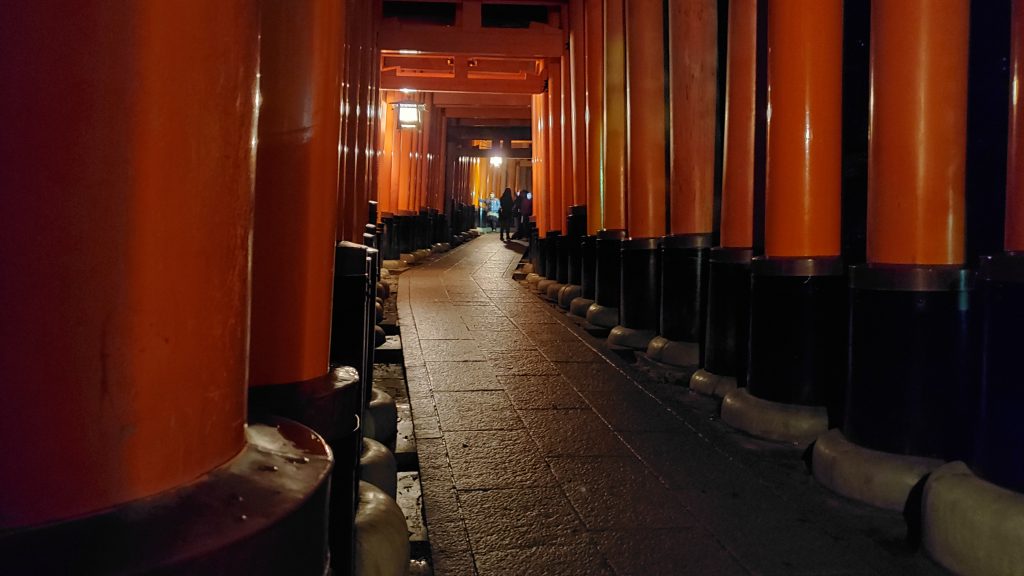
At 10 days, the trip felt too quick. Immediately upon our return, I longed to go back to Japan. Next time, I’d like to plan an itinerary that chooses places I haven’t visited before, or places that the standard tourist journeys overlook.
As it happens, amidst the constraints of the pandemic this summer, I was voted to become the chair of the Denver Takayama Sister City Committee (DTSCC). Takayama is Denver’s second-oldest sister city – the oldest is Brest, France, — and we celebrated the 60th anniversary of the Denver-Takayama relationship in July.
One of the main activities of the DTSCC is exchange trips between Colorado and Takayama – both Americans travelling there and Japanese coming here, and both student and adult trips. The student trips typically have homestays and we provide scholarships for Denver-area students to go. The adult trips are well-planned group tours with the option for folks to add extra days on their own.
We recently held a successful online event for “Bunka No Hi,” or Culture Day, and instead of having people in Denver talk about Takayama or Japanese culture, we held it in the evening here (morning in Japan) and had a virtual walking tour of Takayama’s historic Old Town district with live commentary from a tour guide, and then livestreamed a cooking demonstration of local Takayama cuisine. People loved it, and for me, it whetted not just my appetite for the Hida Beef of Gifu Prefecture, but also the chance to visit Takayama again – and other places in Japan. Maybe next November… Stay tuned!
That’s my moment in time – thinking about a year ago and assessing the reality of right now, but looking forward to a year from now, with hope for a return to Japan.
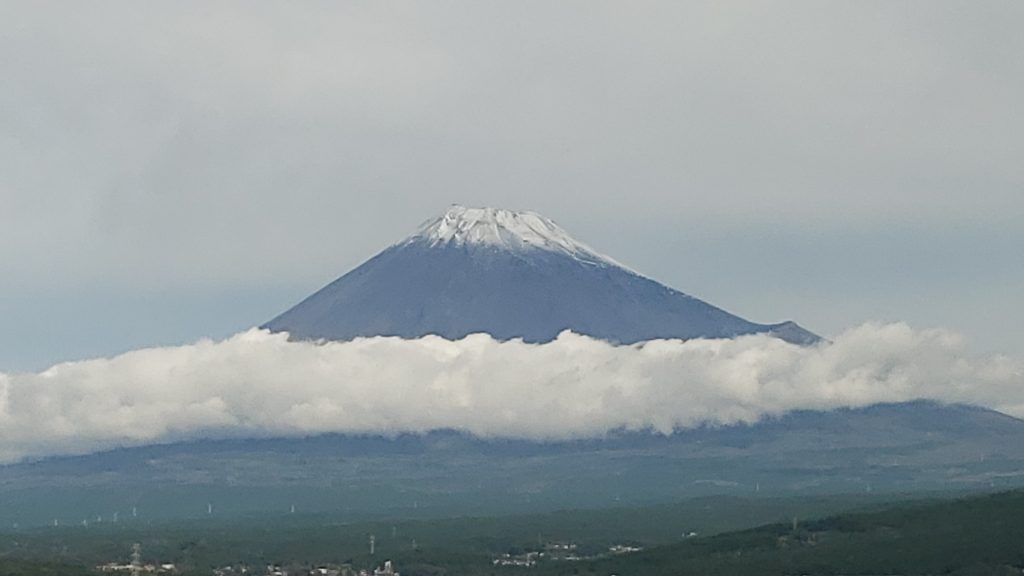
Note: An edited version of this post is published in the JACL’s Pacific Citizen newspaper’s annual Holiday Issue.




